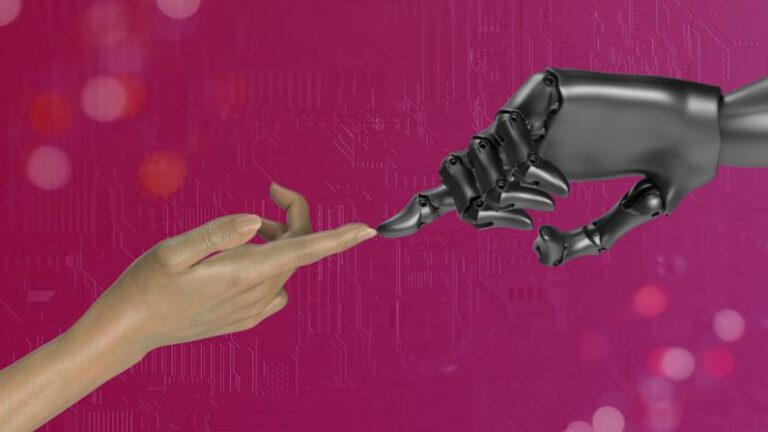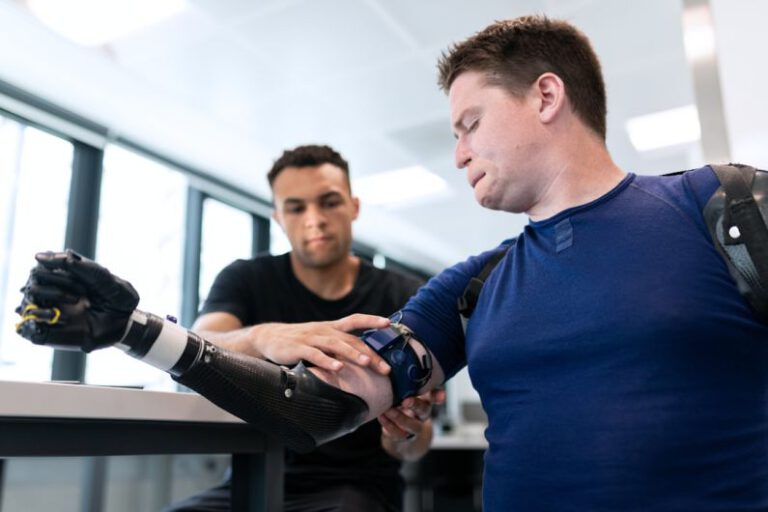Augmented Reality Learning: the Future of Education
Augmented Reality (AR) technology has revolutionized various industries, from gaming to healthcare, and now it is making its mark on education. Augmented Reality learning offers a dynamic and interactive approach to teaching and learning that has the potential to transform traditional educational methods. By blending the physical and digital worlds, AR creates immersive experiences that engage students in ways never seen before.
Enhancing Engagement and Immersion
One of the key benefits of Augmented Reality learning is its ability to enhance engagement and immersion in the educational process. Traditional teaching methods can often be passive and lack interactivity, leading to disengaged students. However, with AR technology, students can interact with digital content in a physical environment, making learning more engaging and memorable. Whether it’s exploring the solar system in science class or dissecting a virtual frog in biology, AR brings learning to life in a way that captivates students’ attention.
Personalized Learning Experiences
Another advantage of Augmented Reality learning is the ability to provide personalized learning experiences. With AR technology, educators can tailor lessons to meet the individual needs and learning styles of each student. By incorporating interactive elements, simulations, and real-time feedback, AR can adapt to students’ pace and preferences, ensuring that they grasp concepts more effectively. This personalized approach not only enhances student understanding but also fosters a sense of autonomy and ownership over their learning journey.
Real-World Application
Augmented Reality learning extends beyond the confines of the classroom, offering students the opportunity to apply their knowledge in real-world scenarios. By overlaying digital information onto the physical world, AR enables students to see how theoretical concepts translate into practical situations. For example, engineering students can use AR to visualize and manipulate 3D models of structures, while history students can explore historical events and locations through AR-enhanced field trips. This hands-on approach to learning not only reinforces understanding but also instills a deeper appreciation for the subject matter.
Collaborative Learning Environments
Collaboration is a fundamental aspect of learning, and Augmented Reality technology facilitates collaborative learning environments in new and exciting ways. Through shared AR experiences, students can work together on projects, solve problems, and engage in group activities that promote teamwork and communication skills. Whether it’s collaborating on a virtual science experiment or creating a multimedia presentation, AR fosters a sense of community and cooperation among students, enhancing their social and cognitive development.
Accessibility and Inclusivity
Augmented Reality learning also has the potential to improve accessibility and inclusivity in education. By providing visual and interactive aids, AR can support students with diverse learning needs, including those with disabilities or language barriers. For example, AR can offer real-time translations, audio descriptions, and tactile feedback to accommodate different learning styles and abilities. This inclusive approach ensures that all students have equal opportunities to participate and succeed in the educational experience.
Embracing the Future of Education
As technology continues to advance, so too does the potential for Augmented Reality learning to revolutionize the way we teach and learn. By harnessing the power of AR, educators can create innovative and engaging learning experiences that inspire curiosity, creativity, and critical thinking in students. As we embrace the future of education, Augmented Reality stands at the forefront, shaping a new era of interactive, immersive, and personalized learning that has the potential to transform the educational landscape for generations to come.






